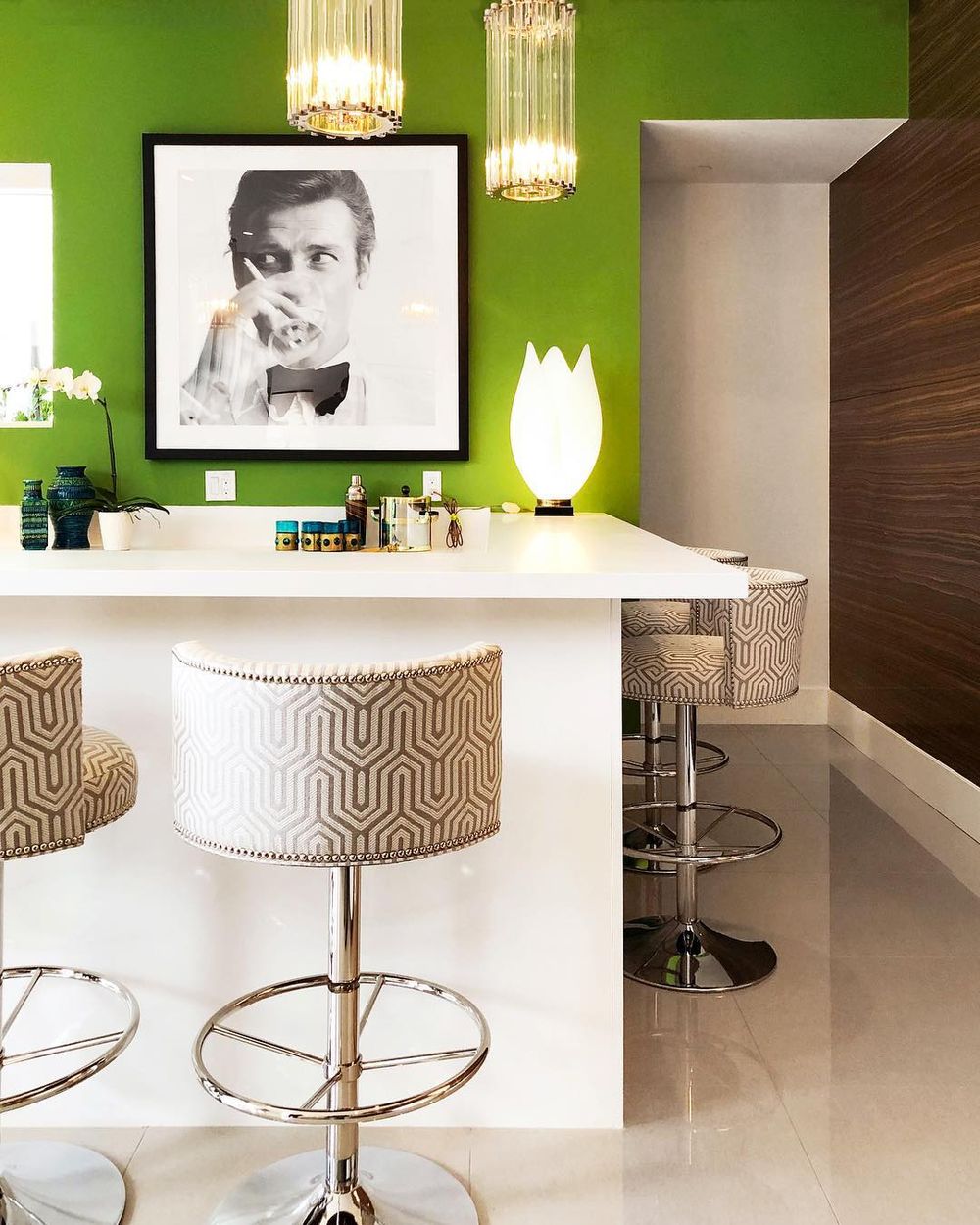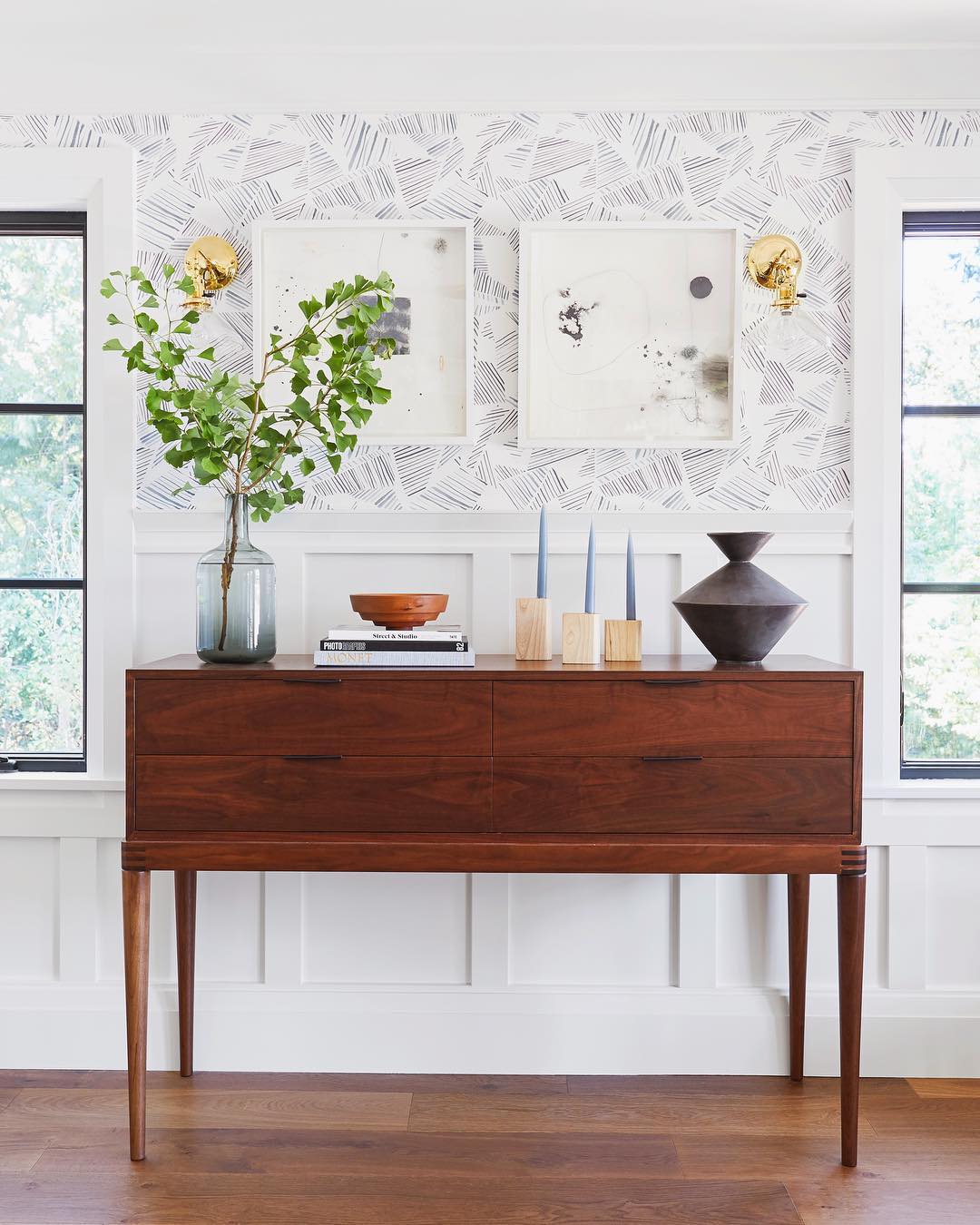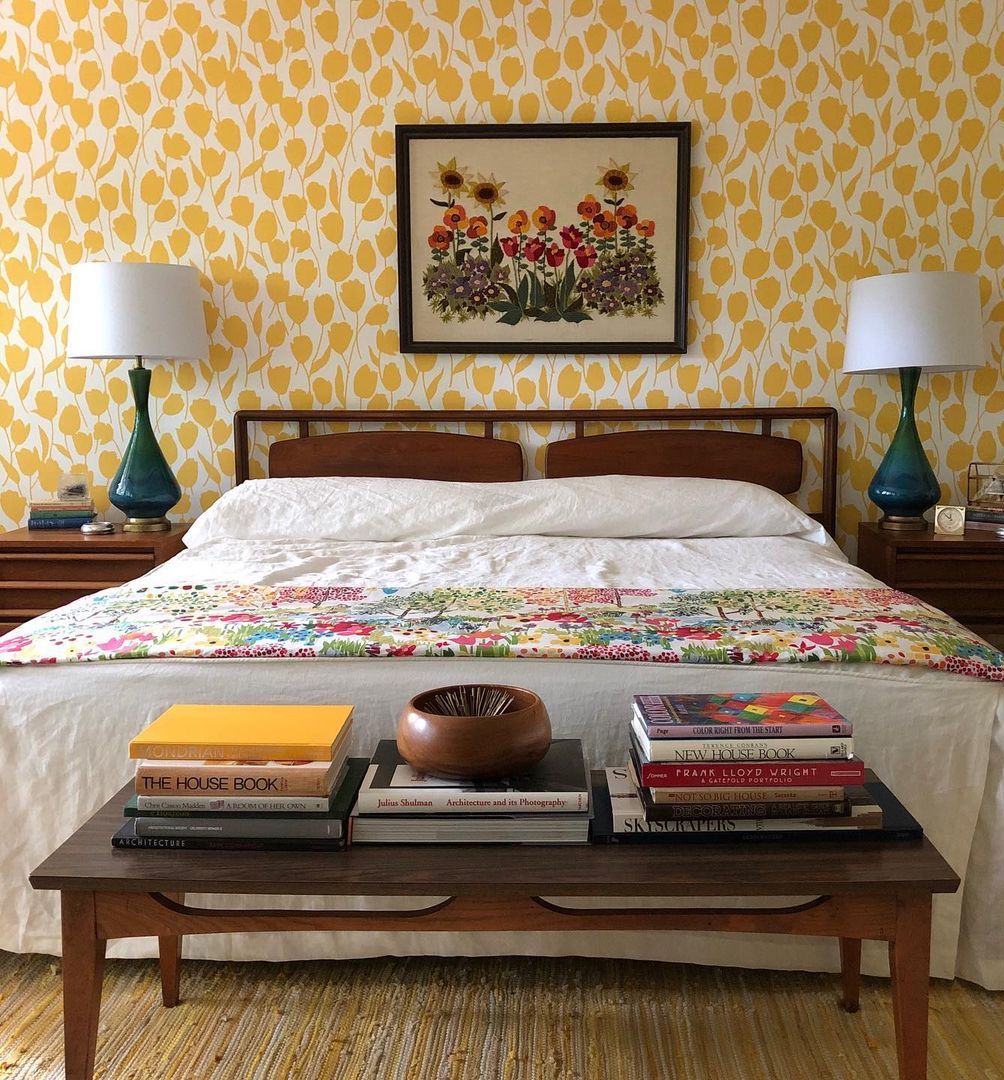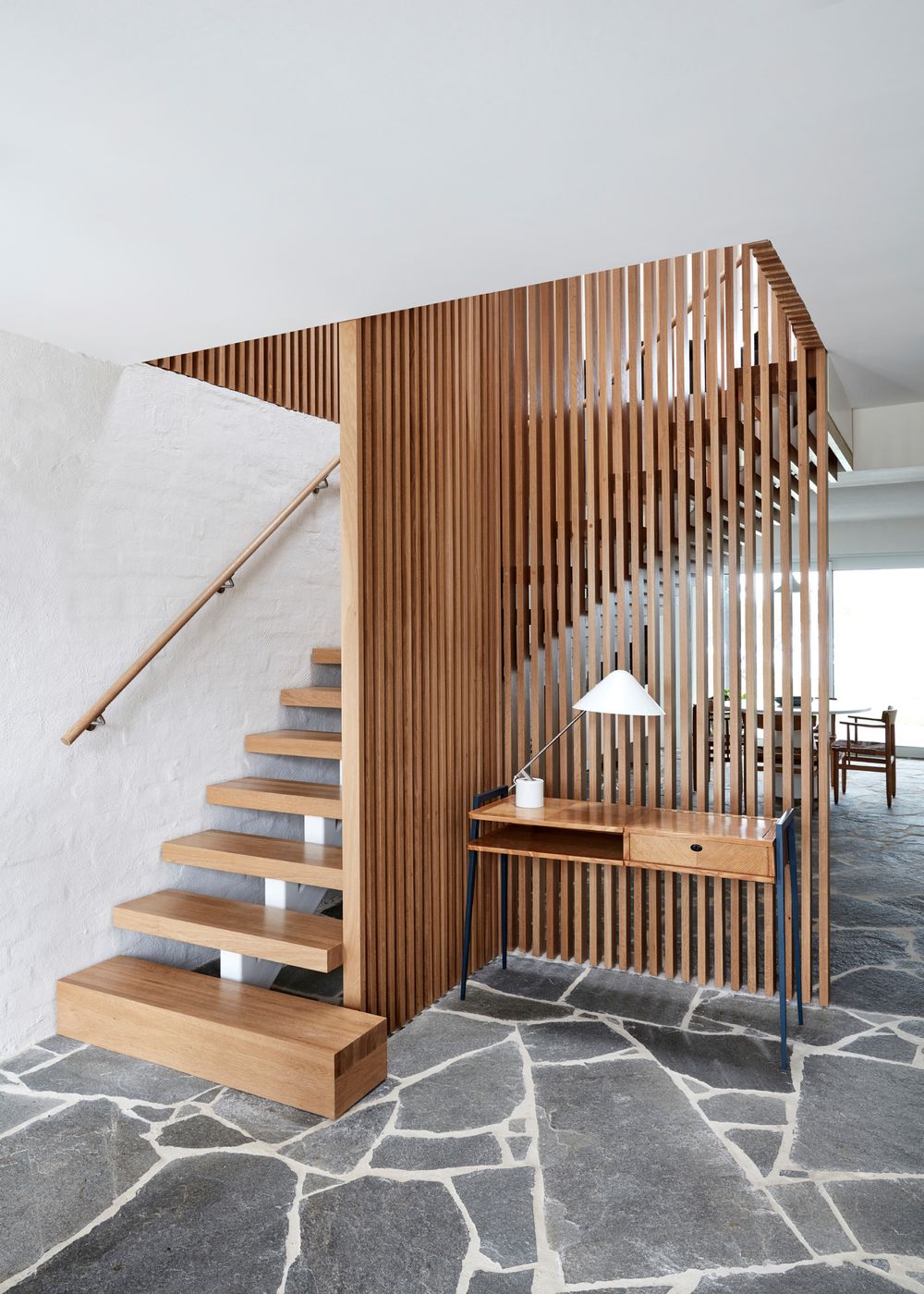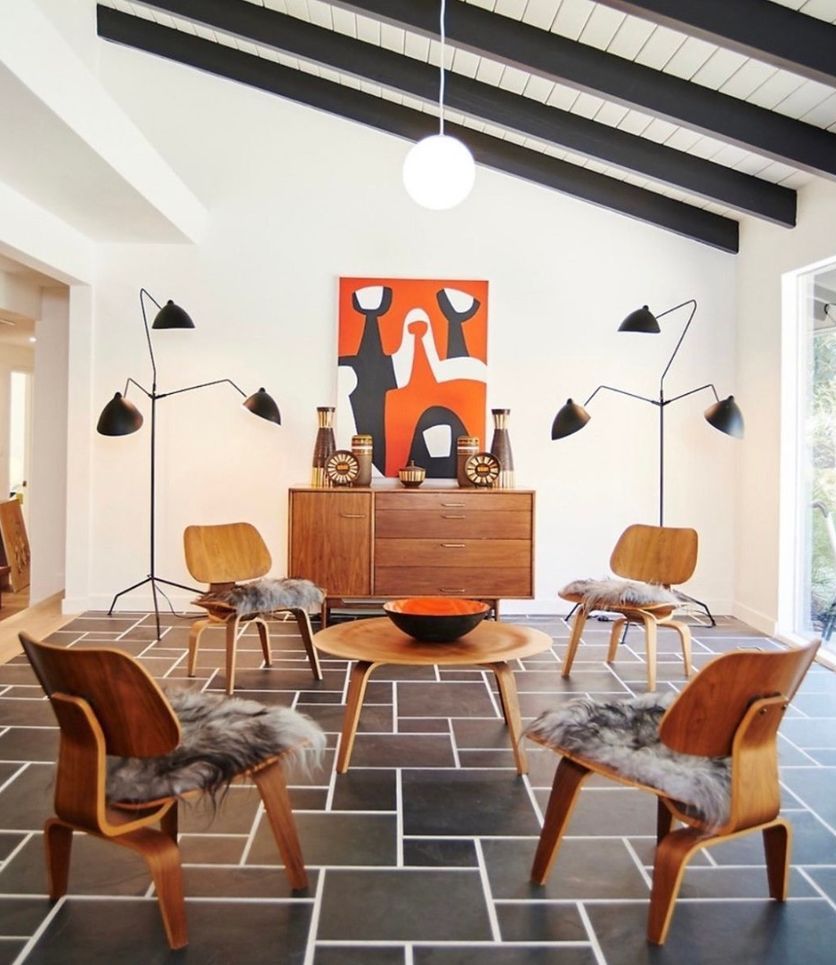Canopy beds, with their elegant draped fabrics overhead, evoke a sense of luxury and romance. Typically seen in more traditional or ornate bedroom styles, canopy beds may seem like an odd fit for the clean and simple mid-century modern aesthetic. However, by embracing some key tenets of mid-mod design and applying them thoughtfully to canopy bed frames, the look can work beautifully.
In this post, we’ll take a look at the history of mid-century modernism, identify some of its defining traits, and explore ways to seamlessly blend them with the opulent allure of the canopy bed for a stylish and unique centerpiece to your contemporary master suite.
With an emphasis on natural shapes and materials, pops of bright accent colors, and an overall simplicity, mid-century modern canopy beds can feel fresh, inviting, and still retain a hint of that dreamy, old-world elegance.
Best Mid-Mod Beds
When purchasing a mid-century modern (Mid-Mod) bed, several tips can guide your selection process. Firstly, focus on authentic designs that embody the era’s iconic elements: clean lines, organic forms, and functionality. Look for quality materials like teak, walnut, or rosewood, which are often associated with Mid-Mod furniture.
Ensure the bed’s construction is sturdy and durable, as these pieces are meant to last. Consider the bed’s size and how it fits within your space, as Mid-Mod designs vary from sleek platform beds to those with distinctive headboards.
Pay attention to details such as tapered legs and minimalist finishes, as these contribute to the authenticity of the piece. Lastly, explore reputable mid-century sellers or vintage stores that specialize in Mid-Mod furniture to find unique, timeless pieces that complement your aesthetic and lifestyle.
History of Mid-Century Modern Furniture Style
The Mid-Century Modern furniture style emerged in the mid-20th century, roughly from the 1930s to the 1960s, and is celebrated for its groundbreaking designs and innovative approach to furniture. This era marked a departure from the ornate, heavily decorated styles of the past, embracing simplicity, functionality, and a harmonious blend of form and function.
Several influential factors contributed to the rise of Mid-Century Modern design. Following World War II, there was a shift in societal values and a growing emphasis on modernity, innovation, and a fresh start. This period coincided with a post-war economic boom, leading to a burgeoning middle class with an increased interest in stylish yet affordable furniture.
Designers and architects like Charles and Ray Eames, Eero Saarinen, Arne Jacobsen, and Hans Wegner played pivotal roles in shaping the Mid-Century Modern movement. They focused on experimenting with new materials like molded plywood, fiberglass, and plastics, allowing for sleek, organic shapes and clean lines in their furniture creations. The emphasis was on simplicity, functionality, and minimal ornamentation.
The style became synonymous with specific design elements, including tapered legs, geometric shapes, bold yet elegant curves, and the use of natural materials like wood, leather, and metal. Pieces were often designed to be multipurpose, maximizing space efficiency without compromising on aesthetics.
The Mid-Century Modern style gained popularity not only in furniture but also in architecture and interior design. Its timeless appeal and focus on blending comfort with innovation have ensured its enduring influence in contemporary design trends.
Today, Mid-Century Modern furniture remains highly sought after for its classic yet modern look, making it a staple in many homes and design-conscious spaces around the world.


